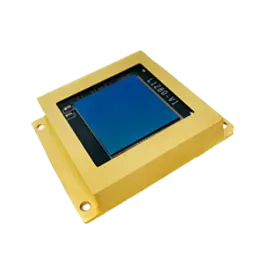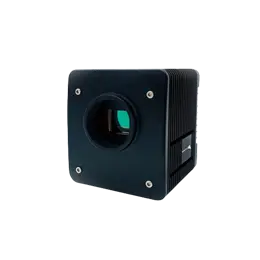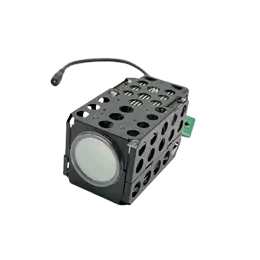The ir lens uses special optical glass materials and new optical design methods to eliminate focal plane offset between visible and infrared light. Therefore, light from the visible to the infrared region can be imaged at the same focal plane, making the image clear.
Many friends are wondering: why are lenses with the same focal length divided into ordinary lenses and ir lenses? What is the difference between ordinary lenses and ir lenses? Next, we will briefly explain the differences between the two.
In monitoring environments that do not require infrared light supplementation, ordinary lenses can be used; in monitoring environments with infrared light supplementation, ir lenses are required for ideal monitoring results. Of course, ordinary lenses can also display images with infrared illumination, but the images will become blurry, which people have experienced deeply.
The price of a professional ir lens is several times that of an ordinary lens. Why? Because using ir lenses yields clear results both day and night, making them more expensive.
As the refractive index of glass for different wavelengths of light is different, the focusing position will be slightly different. Currently, ordinary lenses on the market can focus light within a range of 430-650nm or 650-900nm, namely light with wavelength differences of around 250nm can be successfully focused to the same plane, presenting clear images. This is why ordinary lenses become blurry at night when focused on a clear image during the day, or why they become clear during nighttime and blurry during the day.
Professional ir lenses use special lenses that can focus light within a range of 430-900nm or even longer wavelengths to the same plane, so they produce clear results both day and night. Because the lens material is special, the cost is naturally higher.
GHOPTO Techs focuses on creating cost-effective solutions that meet customers' specifications, timelines and budgets in the SWIR infrared field. We help customers in domestic and foreign markets obtain unrestricted performance and complete supply chain control, from unprocessed starting materials to fully packaged production equipment such as infrared cameras, lasers, waveguides, and systems.
We believe that research and innovation are the pillars of future growth, and our cooperation with other manufacturers, universities, and research institutions will effectively promote technological breakthroughs in the short-wave infrared field.



